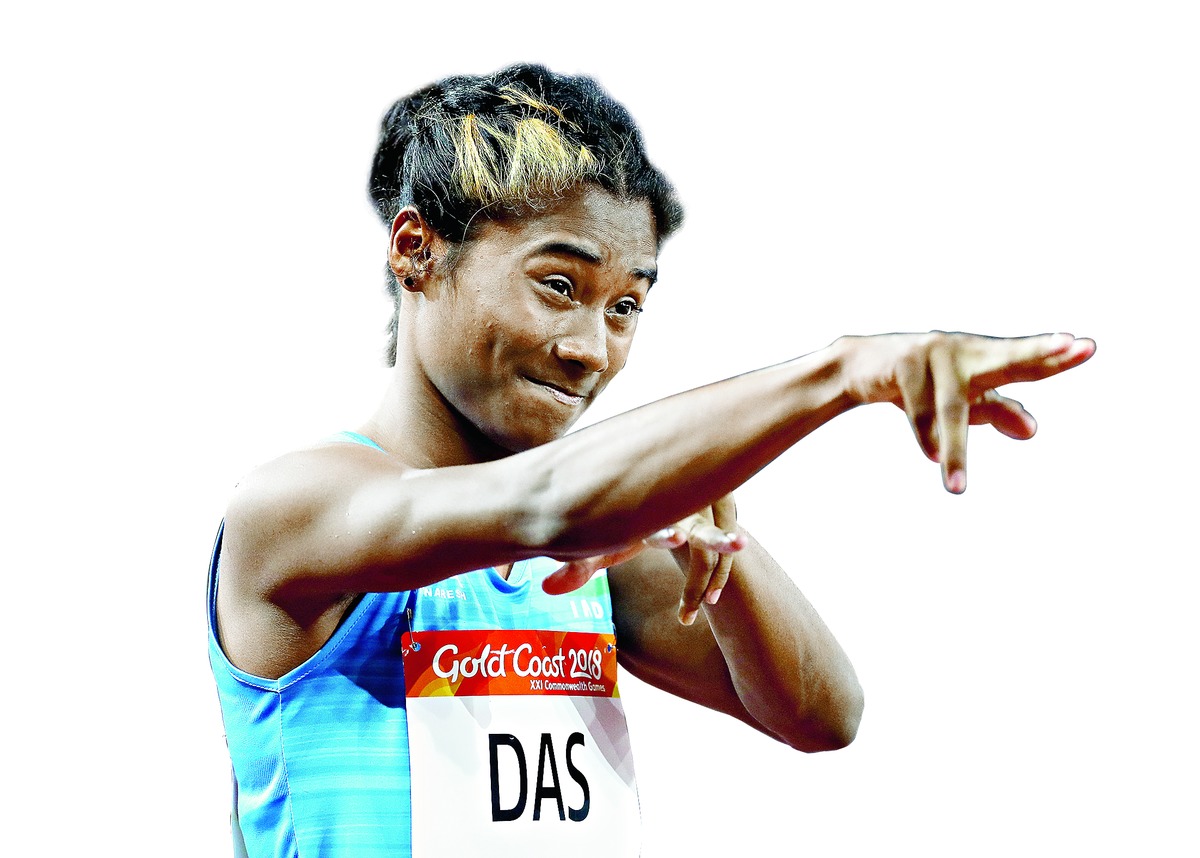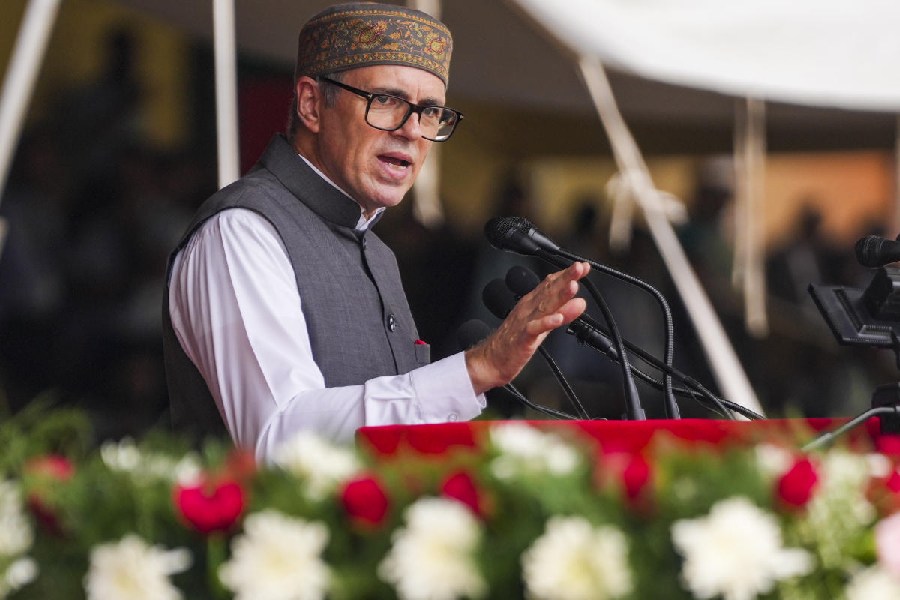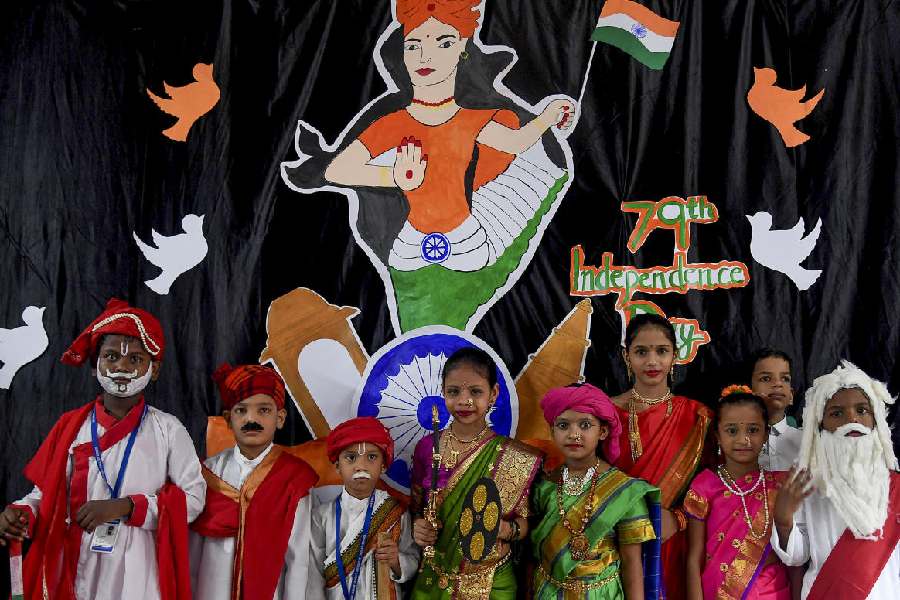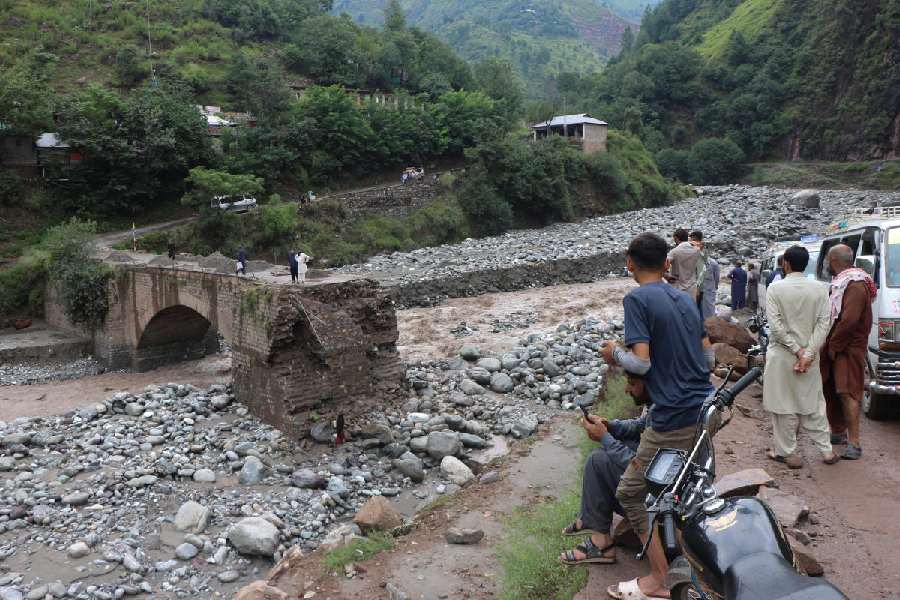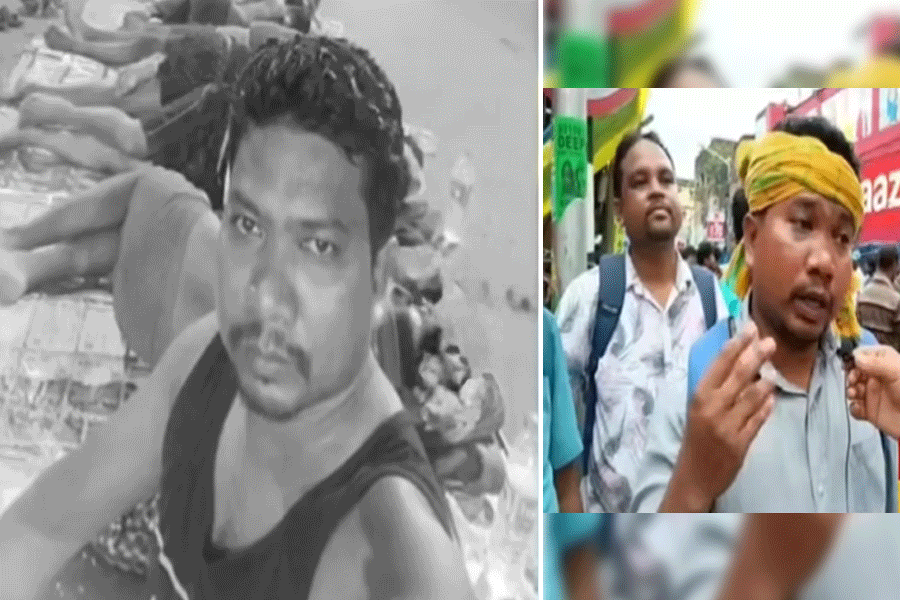
Assam was deep in conversation about the National Register of Citizens and the foreigners issue when the news broke. A girl from the state's Kandhulimari village had won something in some far away country. Sprinter Hima Das had won India a gold at the IAAF World U-20 Championships in Tampere, Finland. The 18-year-old had participated in the 400-metre category. Now, that was something no one was tracking. It would not be a gross exaggeration to say that in this part of the world, especially in small towns such as Nagaon and Sivasagar, there is little interest in athletics.
Kandhulimari is a village in the Dhing circle of Nagaon district. Hima's father, Ranjit Das, is a farmer there. He sounds appropriately proud and happy, which he is, but his daughter's success has not touched his life, at least not yet. In fact, from the sound of it, the magnitude of Hima's success and what it means in the Indian context, in the larger context of Indian sports, is something that is yet to dawn on the athlete herself. Ranjit says that a week before leaving for Finland, Hima had called from Patiala - she trains at the Sports Authority of India (SAI) facility there - to compare the price of parwal.
Post Hima's gold, Assam is on adrenalin. Local television channels are agog with her achievement. Suddenly, the media is full of stories about how she was fondly known in her village as the Dhing Express. Politicians are very obliging with the sound bites. All Assam Students Union or AASU workers of Dhing have brought out the firecrackers. A schoolgirl of Dhing, Namita Kalita Borai, has composed a poem on Hima. It reads: "You are the symbol of courage and dedication/ You scripted the history of women's liberty in Assam."
Ranjit recounts how two days before the big day, Hima had called him and said she would improve her timing. "After winning the race, she called again. All of us, her mother, aunt, uncle, we are all very happy," he says. He is grateful to her coaches "Shamsul Sir" and "Nipon Sir".
Truth is, apart from a closed circle of family, friends and coaches, most others cannot rightfully bask in this reflected glory. Hima's success story is her own and it is fairly simple. The girl liked to run.
Ranjit has four bighas of land, four children and all of 16 members in a joint family. There is a swampy field adjoining the Das' home and he says that Hima developed a habit of running in the field every day - she would also help him plough the field. "Even now when she comes home from Patiala, she runs in this field," he says. At other times she would chase the school bus that came for her brothers. Says Ranjit, "She wanted to be overtake the bus, even if for a brief while."
In school, however, she preferred to play football. Bapi Das, who played football with Hima, tells The Telegraph, "She played a powerful game and could run with the ball." And, in fact, when AASU arranged a football tournament for women, Hima was in charge of the arrangements.
From playing football and all that running in the field, Hima had possibly developed her sprinter's muscles. But had it not been for the headmaster of Dhing Public School, she would never have shifted attention to athletics. Shamsul Hoque, the yoga teacher of a local school was entrusted with her training. This was in 2015.
Hima entered full-fledged competitions for the first time only three years ago. In December 2016, the farmer's daughter came to Sivasagar to take part in an inter-district competition. It was here that Nipon Das, the athletics coach of the Sports and Youth Welfare Department of Assam, noticed her for the first time.
In January 2017, Nipon saw her again at a sports meet in Guwahati. He invited her to join the sports academy in Guwahati. This time, Ranjit was in a dilemma. He says, "I was not sure if it was okay to send her to such a big city." But Hima's mother, Jonali, took her daughter's side.
We learn from Nipon that it was in Guwahati that Hima saw a track for the first time.
She was at this point training for 100 and 200 metre races. She participated in some all-India competitions as well. It was obvious she had talent, but what of that - it was difficult to find a sponsor. People were willing to sponsor a fashion model, but no, there was nothing they could offer a junior runner.
In 2017, she participated in the World Youth Championships in Nairobi in 200 metres and came fifth. When she got back, Nipon decided to prepare her for 400 metres and relay. Thereafter, when she participated in the Chennai Indian Open and stood first in 200 metres, national coaches, Bahadur Singh and Radhakrishna Nair, invited her to join the SAI facility in Patiala.
Since October 2017, Hima has been training there under former Olympian Galina Petrovna Bukharina - who had represented the then Soviet Union in 1968, but is currently a US citizen. From then to now, it has been nine months. Before that, of course, there were those 10 months spent at the SAI facility in Guwahati. Add to all of it 12 months of training under Shamsul Sir's tutelage. In all, 31 months of formal training - most of it in the last one year - has gone into the making of this world champ.
Hima is currently in the Czech Republic, training for the 2018 Asian Games that will begin in Jakarta, Indonesia, this August. Nipon is happy that she is away from all the media glare. He says one thing is certain - Assam will do its best to nurture Hima in the future and not let publicity and early fame distract her.

